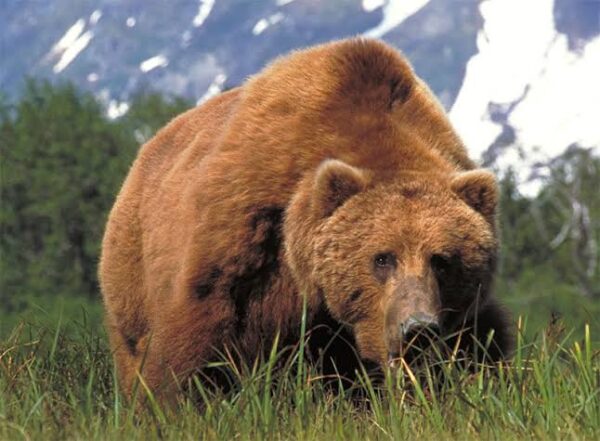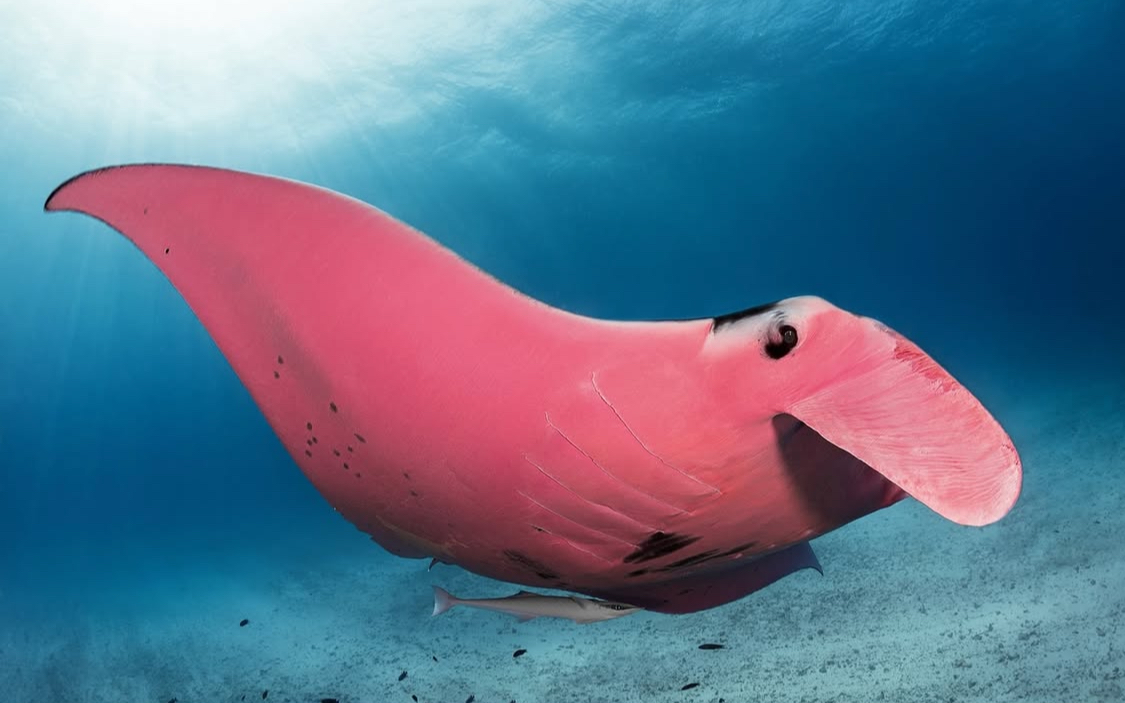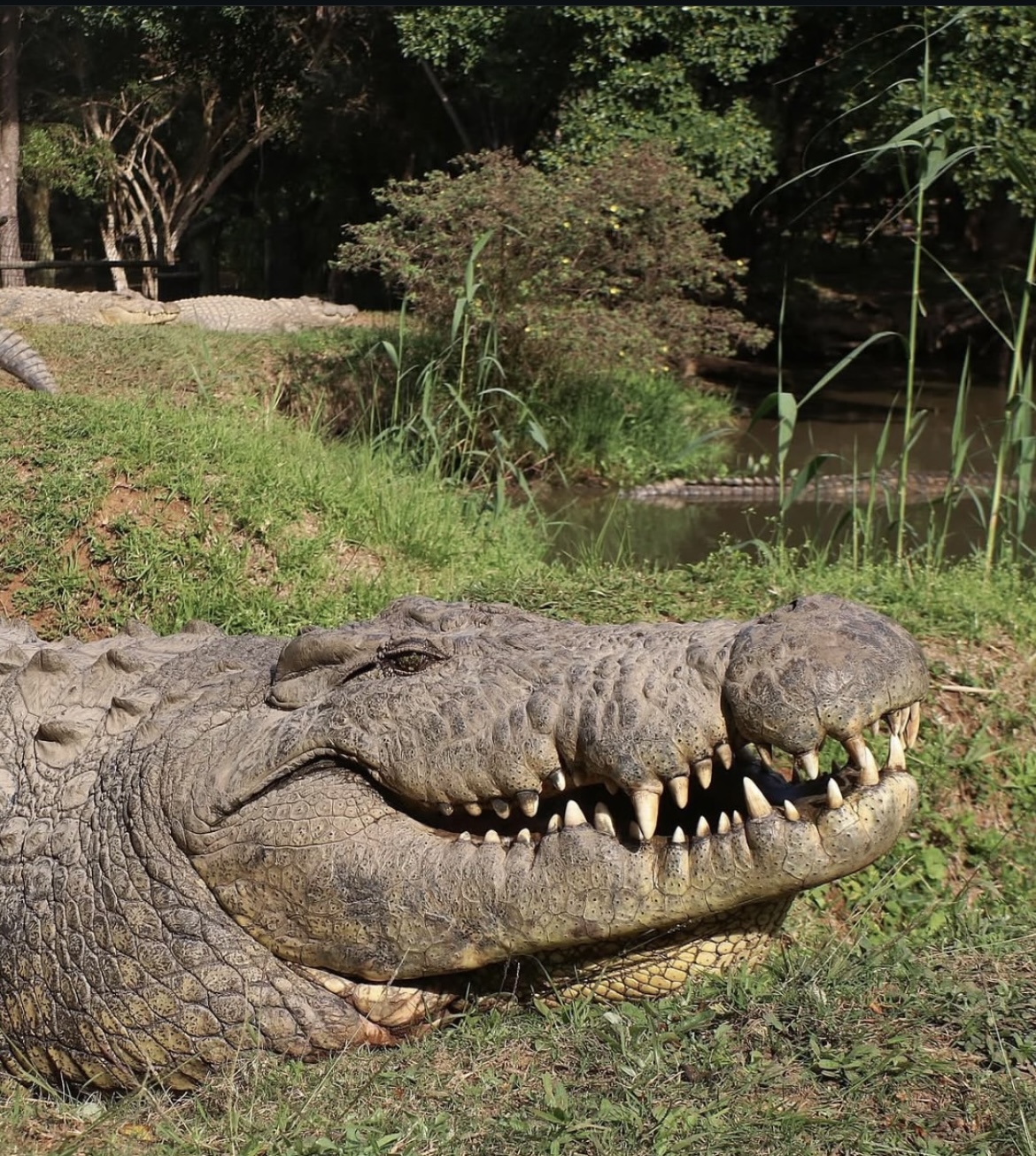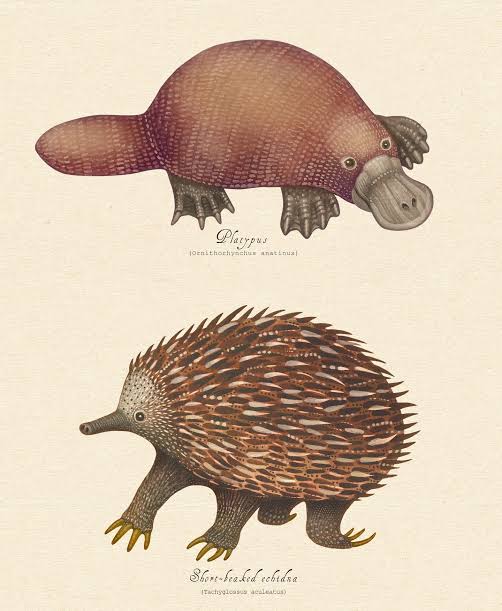 When it comes to raw power, sheer size, and dominant presence in the wild, few animals command as much awe as the largest land predators on Earth. Among them, the Kodiak bear (Ursus arctos middendorffi) holds the distinction of being the largest terrestrial carnivorous mammal alive today. Found exclusively in the Kodiak Archipelago of Alaska, the Kodiak bear is a subspecies of the brown bear and a close relative of the grizzly. However, it is not the only contender for the title—several extinct species and a few modern-day animals challenge its reign in different ways.
When it comes to raw power, sheer size, and dominant presence in the wild, few animals command as much awe as the largest land predators on Earth. Among them, the Kodiak bear (Ursus arctos middendorffi) holds the distinction of being the largest terrestrial carnivorous mammal alive today. Found exclusively in the Kodiak Archipelago of Alaska, the Kodiak bear is a subspecies of the brown bear and a close relative of the grizzly. However, it is not the only contender for the title—several extinct species and a few modern-day animals challenge its reign in different ways.
This write-up will explore the Kodiak bear’s characteristics, its ecological significance, how it compares to other large land predators, and the prehistoric giants that once roamed the Earth.
Adult male Kodiak bears can stand over 10 feet (3 meters) tall when upright and weigh between 1,200 and 1,500 pounds (540–680 kg) on average, with exceptional individuals exceeding 1,600 pounds (725 kg) or more. Females are significantly smaller, averaging around 600–800 pounds (270–360 kg). Despite their enormous size, Kodiak bears are surprisingly agile and capable of running up to 30 mph (48 km/h) for short distances.
Kodiak bears have a powerful build, muscular shoulders, and long, curved claws adapted for digging and grabbing. Their fur ranges from blond to dark brown and thickens during the harsh Alaskan winters. Their skulls are massive and robust, providing strong anchor points for powerful jaw muscles that can crush bone.
While classified as carnivores, Kodiak bears are technically omnivores. They have a varied diet that includes berries, grasses, roots, salmon, and carrion. During salmon spawning season, they gorge on fish, sometimes consuming over 20,000 calories a day to prepare for hibernation. Although capable hunters, they rarely chase large prey, relying instead on opportunistic feeding and their ability to dominate other predators.
The Kodiak bear is endemic to the Kodiak Archipelago in southern Alaska. These islands provide a unique environment with rich food sources and minimal human interference. The isolation of the population has allowed it to develop distinct genetic traits and behavioral patterns compared to mainland grizzly populations.
Kodiak bears are typically solitary animals, except during mating season and peak feeding times when food sources like salmon streams attract many individuals. Conflicts can occur, but Kodiaks have complex social behaviors that help avoid physical confrontation, such as body language, vocalizations, and scent marking.
Other Contenders: Rivals Among Modern Predators
While the Kodiak bear holds the title of the largest land predator today, a few others come close:
Polar Bear (Ursus maritimus)
The polar bear is often considered the Kodiak’s equal—or even superior—in terms of body mass. Adult male polar bears typically weigh between 900–1,600 pounds, with some exceeding 2,000 pounds. However, polar bears are marine mammals in classification, spending most of their lives on sea ice and relying heavily on marine ecosystems. For this reason, they are often excluded from “land predator” rankings, despite technically being the world’s largest bear species.
Siberian Tiger (Panthera tigris altaica)
The Siberian tiger is the largest member of the cat family and the most powerful felid. Adult males can weigh up to 660 pounds (300 kg) and measure over 10 feet (3 meters) from nose to tail. Tigers are true apex predators, capable of taking down prey much larger than themselves, including wild boar, deer, and occasionally bears. However, they are dwarfed in mass by bears like the Kodiak.
Grizzly Bear (Ursus arctos horribilis)
The grizzly, another subspecies of the brown bear, is slightly smaller than the Kodiak bear but exhibits similar traits. Male grizzlies typically weigh between 600–1,000 pounds. While not as large, they are fierce hunters and scavengers with powerful physical capabilities.
Extinct Giants: The True Titans of the Past
Though the Kodiak bear reigns today, prehistoric times saw much larger land predators:
Short-Faced Bear (Arctodus simus)
Perhaps the most formidable of extinct terrestrial predators, the short-faced bear roamed North America during the Pleistocene Epoch. Estimates suggest adult males may have stood over 12 feet tall on their hind legs and weighed between 2,000–2,500 pounds (900–1,100 kg). With long limbs and a powerful stride, Arctodus simus may have been a fast, long-legged predator and scavenger capable of chasing down large prey over open terrain.
Spinosaurus (Spinosaurus aegyptiacus)
While technically a semi-aquatic dinosaur, Spinosaurus is often considered one of the largest carnivorous land animals of all time. Measuring over 50 feet (15 meters) and weighing up to 7–9 tons, it dwarfed all modern terrestrial predators. However, it primarily fed on fish and was not a true terrestrial apex predator.
Tyrannosaurus rex
Another prehistoric icon, T. rex was a fearsome carnivore that lived around 66 million years ago. Standing 12 feet tall at the hips and weighing up to 9 tons, it was likely the dominant predator of its environment. However, like Spinosaurus, T. rex is in a different class altogether from mammals and doesn’t fit neatly into the modern “land predator” category.
The Kodiak bear’s status as the largest living land predator is well-earned. Its size, power, and dominance in its ecosystem make it a true titan of the natural world. Though other animals—past and present—may rival or exceed it in specific aspects, few can match the Kodiak in terms of terrestrial mass and presence.
Whether compared to the extinct short-faced bear or the apex predators of today’s wild landscapes, the Kodiak stands as a living embodiment of nature’s grandeur and evolutionary mastery. As conservation efforts continue, preserving such magnificent creatures ensures that future generations can continue to marvel at the largest and most powerful predators to ever walk the Earth.








